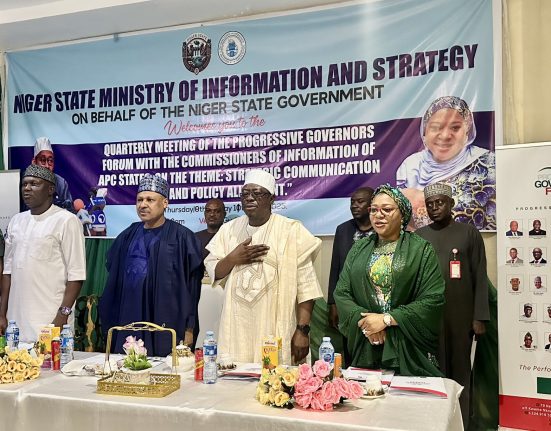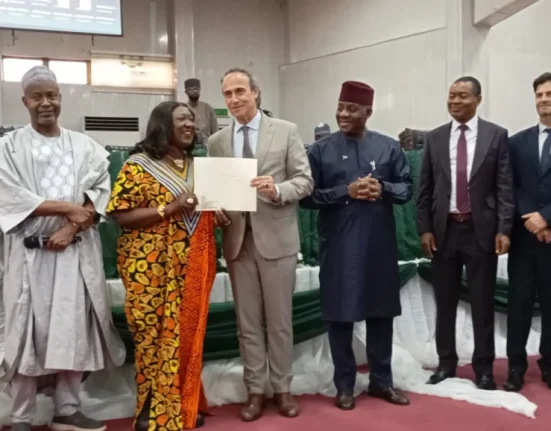Abuja, June 24, 2025 – The Federal Government has thrown its full weight behind a $400 million foreign direct investment project aimed at constructing Africa’s largest rare earth and critical minerals processing plant in Nasarawa State. The ambitious plan, signalling Nigeria’s rising status in the global minerals market, is expected to generate over 10,000 jobs nationwide and drive economic diversification under President Bola Tinubu’s Renewed Hope Agenda.
During the State House briefing, officials reaffirmed the administration’s shift from exporting raw minerals to prioritising downstream value addition. They cited recent successes—including the commissioning of a lithium processing plant in Lafia in 2024 and other planned facilities across Nasarawa—as evidence of the government’s commitment to transforming Nigeria’s solid minerals sector .
1002-0The Nasarawa project, set to be the continent’s largest rare-earth and critical minerals hub, aligns with the ministry’s policy that no mining licence will be granted without a solid plan for local industrial processing. This strategy has already attracted over $800 million in FDI into the sector, primarily in lithium and related minerals .
Officials anticipate that the new plant will not only bolster Nigeria’s output of strategic minerals essential for electric vehicles, renewable energy, and high-tech industries, but also spark significant job creation—both directly within the facility and through downstream support services across the value chain.
Economic experts say the move reflects President Tinubu’s broader campaign to reposition Nigeria as a global player in critical-raw-materials processing, reduce foreign exchange dependency, and foster sustainable industrialisation. It also builds upon Nasarawa State’s recent success in attracting $1.2 billion in overall investments in 2024, driven by its proactive effort to formalise and develop its solid-minerals value chain .
If completed on schedule, the plant could herald a new era in Nigeria’s mining industry, contributing significantly to national revenue streams, technological development, and global competitiveness in the strategic minerals sector.







